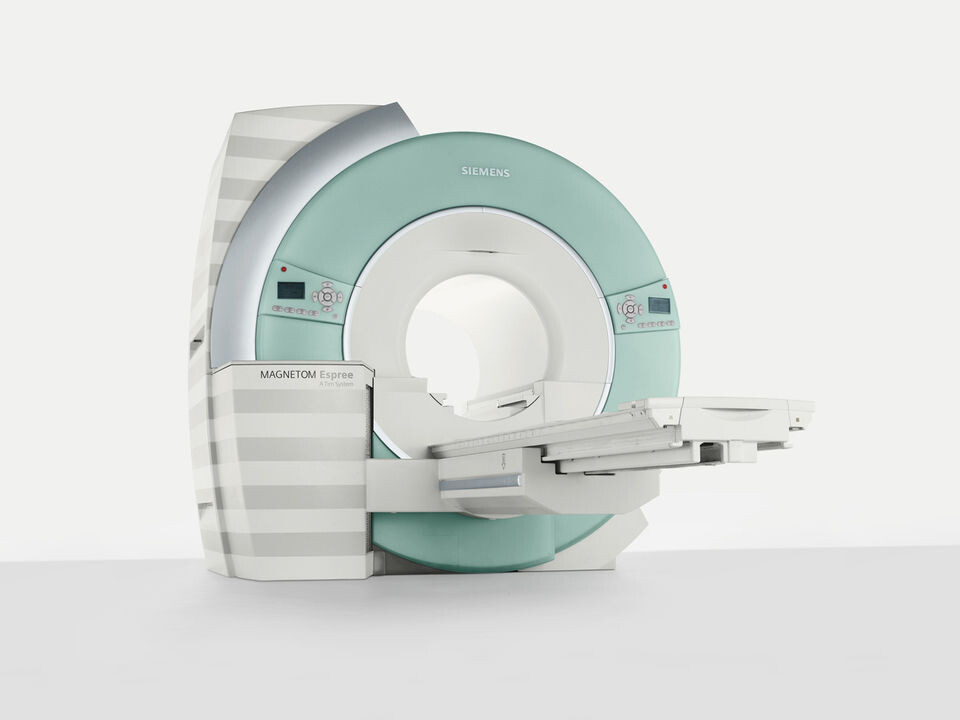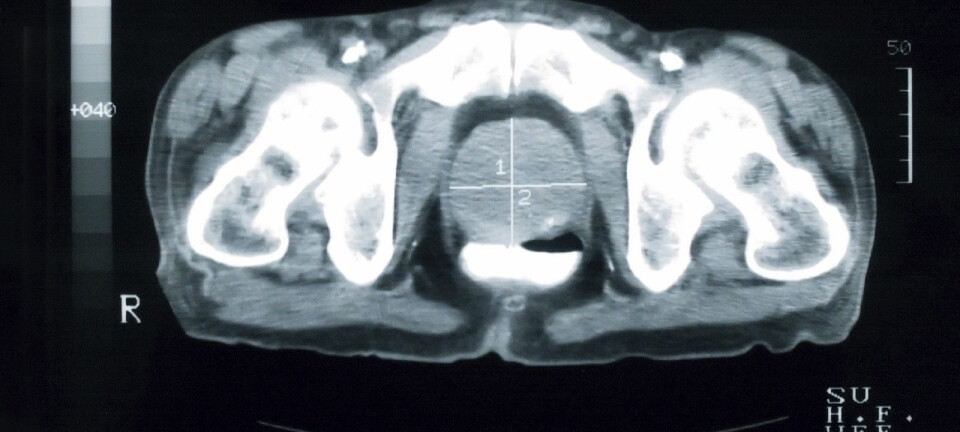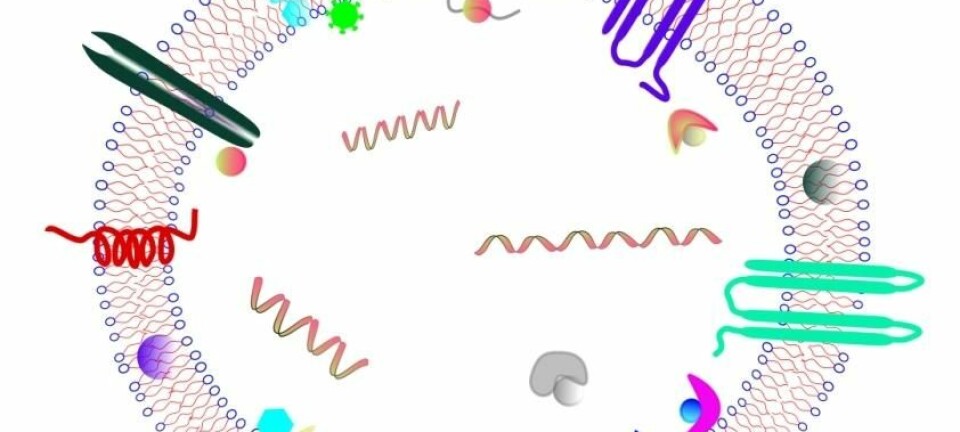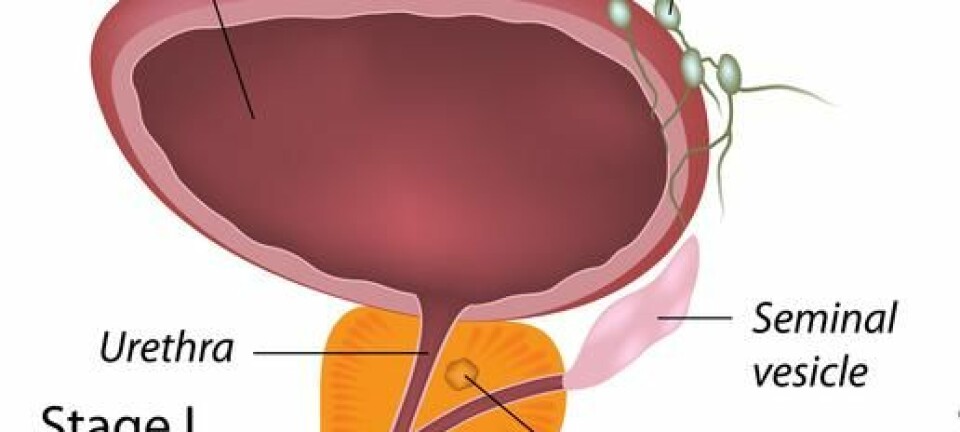
MRIs can’t detect every prostate cancer
Every year around 5,000 Norwegian men are diagnosed with prostate cancer. A new diagnostic procedure using magnetic resonance imaging (MRI) is in use, but to date it is too unreliable to use on its own.
Denne artikkelen er over ti år gammel og kan inneholde utdatert informasjon.
Prostate cancer is the most common form of cancer among men in Norway. Risks rise from the age of 50. More than 12 percent of all Norwegian men contract the disease in the course of their lives.
Prostate cancer is often first suspected when men encounter problems in the bathroom. They have to pee often and the stream of urine can be thin, making it hard to empty their bladders. Blood in urine and pains in the small of the back are other symptoms experienced by some.
Prostate cancer can be treated surgically or with radiotherapy.
A current standard diagnostic method involves a biopsy of the prostate gland, removing a tiny tissue sample. Doctors will often use an ultrasound probe inserted in the rectum to find the right spot for taking the biopsy.

New and more advanced diagnostic methods have been developed in recent years based on MRIs. An MRI creates an image of our insides, including soft tissue, on a computer screen.
This imaging technology has triggered hopes that prostate patients can be spared the psychological and physical discomfort of today’s standard biopsy procedures.
The Swedish Council on Health Technology Assessment (SBU) has now evaluated all the major research on the new MRI diagnostics of prostate cancer.
The jury is still out regarding whether MRI-based diagnostic methods boost the chances of prostate cancer detection. Health care authorities should not stop using ultrasound probes and biopsies and replace that regimen with MRI diagnostics, the Swedes concluded. The reliability of the new method must be more convincingly demonstrated first, the council said.
Using both methods

But today’s diagnostic methods are imperfect. In addition to the discomfort and possible pain involved, prostate biopsies might miss the cancerous tumour and instead sample healthy tissue.
“That’s why in Norway it has become common to combine the standard method with an MRI examination,” says Tom Børge Johannesen, a chief physician at the Cancer Registry of Norway.
“As a point of departure the standard method is still in practice. At the Cancer Registry we aren’t aware of any Norwegian hospitals which to date are diagnosing prostate cancer with MRIs alone. We can’t drop biopsies now. Maybe we will get there in the future, but not at present.”
PSA blood tests
A strong increase in prostate cancer diagnoses has been seen in Norway in recent years. The number of new cases was 700 higher in 2011 than in 2010.
This rise is largely attributed to better detection through prostate specific antigen (PSA) blood tests.
A PSA test can be taken by family doctors upon the request of their patients, or when the MD believes it is warranted. The test measures a substance (an antigen) that stimulates the production of antibodies found in the bloodstream. If it signals an indication of cancer, the patient will be referred to specialists for an MRI and the standard biopsy.
But one problem is that PSA is produced and found in the blood even when a prostate tumour is benign, or non-cancerous.
Clinical examinations of the prostate gland, in which a doctor inserts a finger in the rectum to feel the size the prostate, are still a standard initial procedure too.
Screening of all men
Norwegian health authorities have rejected a proposal to screen all men above a certain age, for instance 50, with PSA blood tests. The option to get tested is still up to individual patients and their GPs.
Johannesen of the Cancer Registry of Norway stresses that the health services have the ability to keep a watchful eye on patients who have been diagnosed with prostate cancer but who have not had surgery.
It is quite common among older men to have some incidence of some malignant cells in the prostate gland – perhaps as many as 80 percent of all men in their 80s can expect some. But just a tiny fraction of these cells will develop into prostate cancer.
In Norway the survival rate of men with prostate cancer within five years of detection is now 90 percent.
---------------------
Read the Norwegian version of this article at forskning.no
Translated by: Glenn Ostling


































